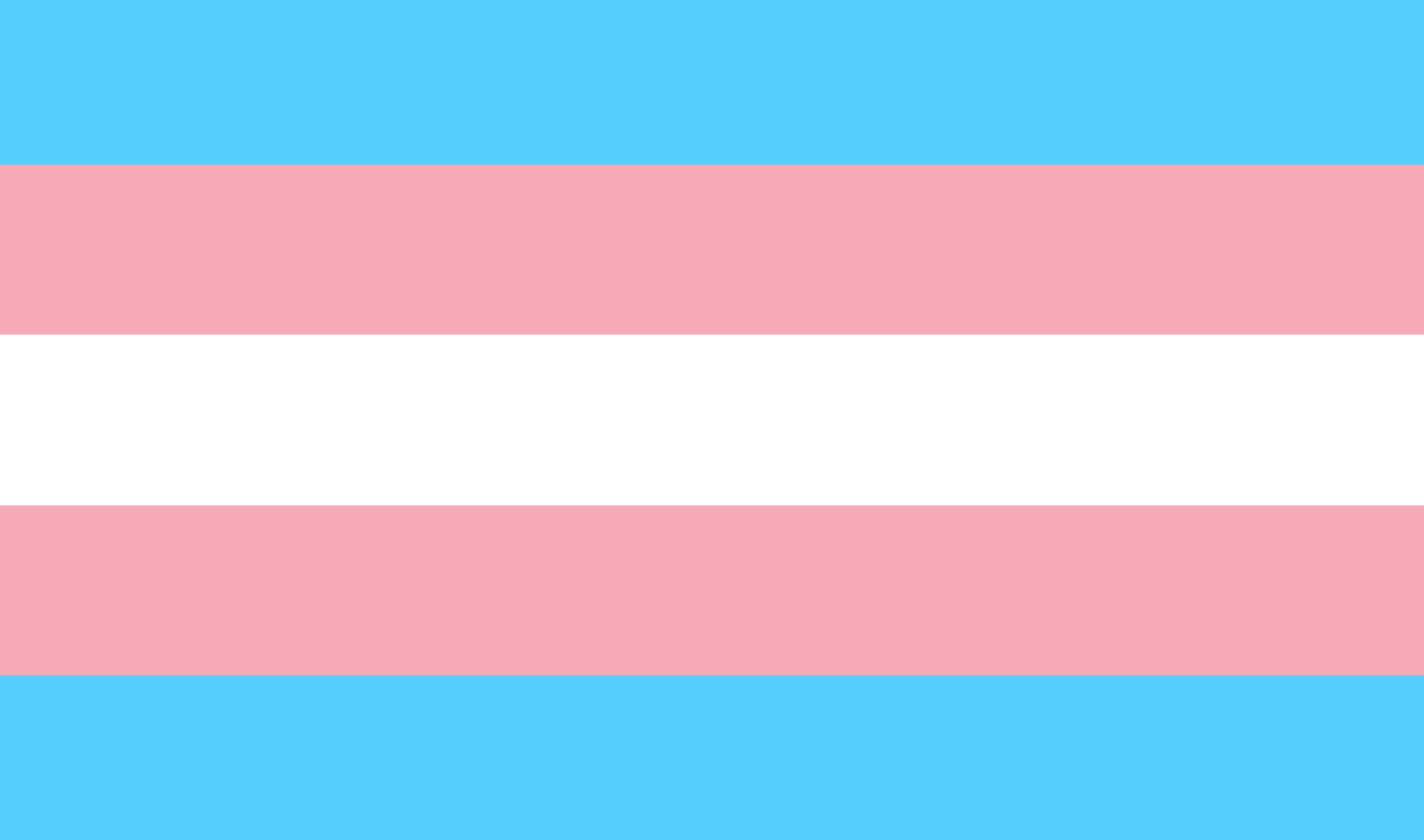


Social Transition is the act of altering your public gender identity to align with one which you are not already aligned with. This can take the form of adopting new preferred pronouns (not necessarily dropping previous ones, as in the case with demigirls, who go by they AND she), intentionally switching to attire that emphasizes feminine, masculine, or androgynous aspects of yourself, changing your vocal range to a new one for gender affirming purposes, or otherwise aligning your public persona with any gender other than your assumed one. Its true that all of these acts can be done without being trans, but that is why the emphasis is on the purpose of gender affirmation and alignment. A drag performer does at times align their public persona away from their assumed gender, but they do so temporarily and without the underlying motivations that bring their performance beyond acting. Similarly, a cis (someone born with an assigned gender they align with) man could emphasize and change their voice's gruffness to appear socially more masculine, and this too would be gender affirming, but it would not be a social transition because it is not transitioning to another gender.

Social transition is often the first step of transition. In some cases, it is the only step needed for a trans individual, and there is nothing wrong with that. The importance of transition is its effect on the individual undertaking the transition, not the traditional expectation of what a trans individual needs to do to fit the label or their ability to appease others by the decisions they make on that journey. Social Transition is often alone not enough for a large number of trans individuals however, and therefore it, much like all trans care, can not be considered a one size fits all remedy.

If you want to know what went into this, check Sources!